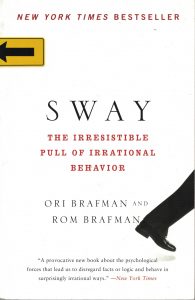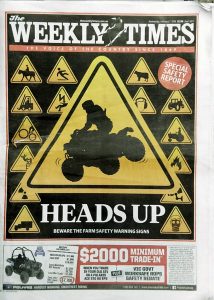 In 2016, a survey of General Practitioners (GPs) conducted by Monash University identified that GPs frequently struggled with patients involved with workers compensation and that mental illnesses were particularly problematic.
In 2016, a survey of General Practitioners (GPs) conducted by Monash University identified that GPs frequently struggled with patients involved with workers compensation and that mental illnesses were particularly problematic.
In January 2018 Monash University, with the support of major institutions and safety


 In 2008 the brothers Brafman wrote “
In 2008 the brothers Brafman wrote “
 The existence of this statement is of no surprise to occupational health and safety (OHS) professionals. Similar statements are made all the time. The sad surprise of this quote is that it appeared in 1972 on page 1 of the Safety and Health at Work – Report of the Committee 1970-72, otherwise know as the Robens Report.
The existence of this statement is of no surprise to occupational health and safety (OHS) professionals. Similar statements are made all the time. The sad surprise of this quote is that it appeared in 1972 on page 1 of the Safety and Health at Work – Report of the Committee 1970-72, otherwise know as the Robens Report.